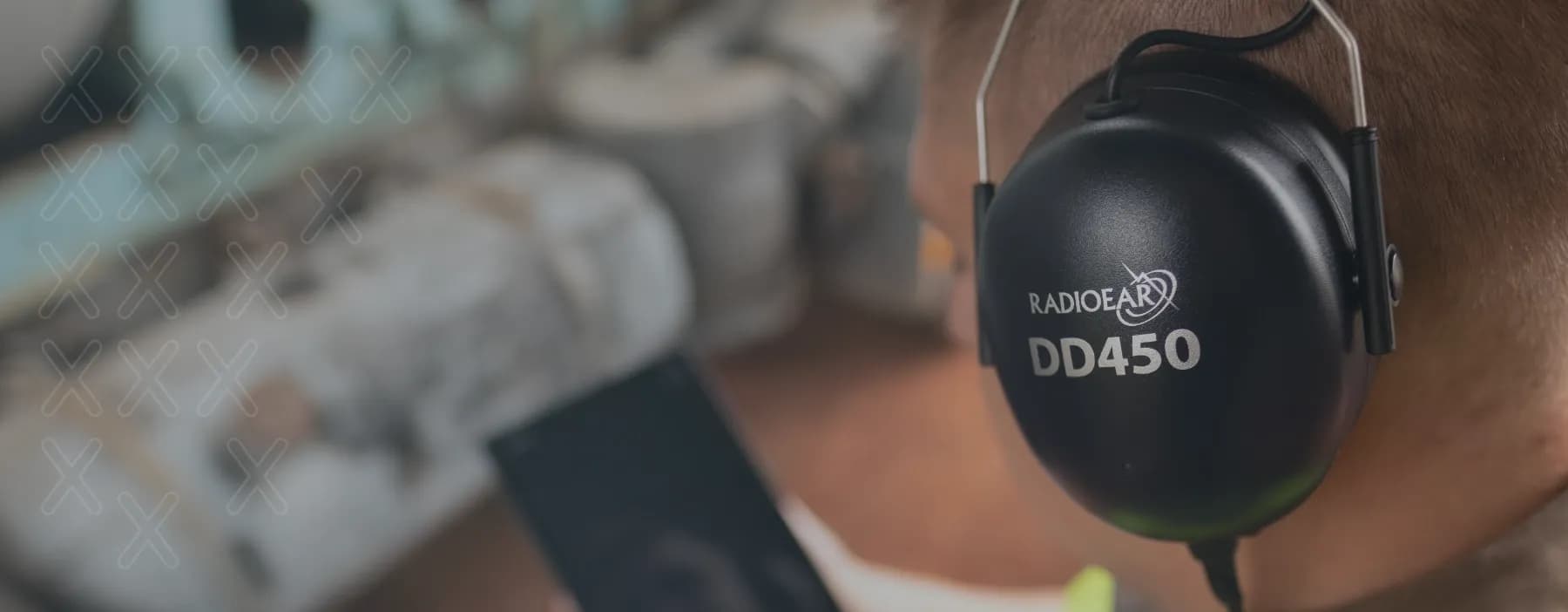
Boothless testing vs in-booth testing: What makes them different?
Search for articles by category
In today’s fast-paced world, noise pollution has become an inevitable part of our daily lives. Whether it’s the relentless hum of traffic, the buzz of office chatter, or the blaring music in public spaces, our ears are constantly exposed to various sound levels. Consequently, hearing health has emerged as a significant concern, not only in our personal lives but also in the workplace. Hearing tests are a crucial component of occupational health programs, with options to conduct hearing testing inside and outside a soundproof booth. We’ll be exploring the key differences between these two testing methods and highlight the importance of innovations like hearTest Occ Health, to ensure accurate and efficient hearing evaluations.
What is hearing testing in a soundproof booth?
Hearing testing in a soundproof booth is a conventional method for assessing an individual’s hearing capabilities. It typically takes place in a specially designed soundproof room that minimizes external noise, ensuring a controlled acoustic environment for testing. The individual undergoing the test wears headphones and responds to various auditory stimuli, such as tones or spoken words.
Advantages:
- Precise results: The controlled environment allows for highly accurate hearing assessments.
- Reduced external interference: Background noise is minimized, leading to reliable results.
- Better hearing threshold determination: Ideal for diagnosing hearing disorders and providing baseline audiograms.
Drawbacks:
- Limited accessibility: Soundproof booths may not be readily available in all workplaces.
- Costly setup: Building and maintaining soundproof booths can be expensive.
Hearing testing outside of a soundproof booth
In contrast, no soundproof booth hearing testing is conducted in an open or semi- quiet environment, such as a regular office or clinic room. This approach is often favored for its practicality and convenience. Individuals wear headphones or earphones and respond to auditory stimuli, similarly to the soundproof booth method.
Advantages:
- Cost-effective: Does not require the construction and maintenance of soundproof booths.
- Portability: Testing can be conducted in various settings, making it suitable for mobile health units.
- Accessibility: Easily implemented in a wide range of workplaces.
Drawbacks:
- Greater susceptibility to external noise: Background noise can affect the accuracy of results.
- Limited precision: Noisy environments could impact the accuracy of the testing resulting in the need for a retest.
hearTest Occ Health
As the demand for efficient and accurate hearing testing in occupational health programs grows, innovative solutions like hearTest Occ Health have emerged. These systems combine the advantages of testing in both a soundproof booth and a booth that is not soundproof, providing a middle ground that addresses the limitations of each method. hearTest Occ Health utilizes advanced technology to conduct accurate hearing assessments in boothless environments by incorporating environmental noise control measures, ensuring precision comparable to traditional soundproof booth tests.
Key features of hearTest Occ Health:
- Portable audiometry units: These units are designed for mobility, allowing hearing tests to be conducted in various workplace settings without compromising precision.
- Advanced noise reduction: hearTest Occ Health employs cutting-edge noise reduction technology to reduce external interference during testing, ensuring reliable results even in noisy environments.
- User-friendly interface: The system is designed to be user-friendly, enabling trained personnel to administer hearing tests with ease.
- Data integration: Results are digitally recorded, making it convenient to track and monitor employee hearing health over time.
Hearing testing is a critical component of occupational health programs, and choosing between a booth that is soundproof and one that is not soundproof has its trade-offs. However, advancements like hearTest Occ Health offer a promising solution that bridges the gap between accuracy and accessibility. By leveraging the advantages of both approaches, workplaces can ensure the well-being of their employees while efficiently managing costs. As technology continues to evolve, it’s clear that the future of hearing testing lies in innovative solutions that prioritize both precision and practicality.



